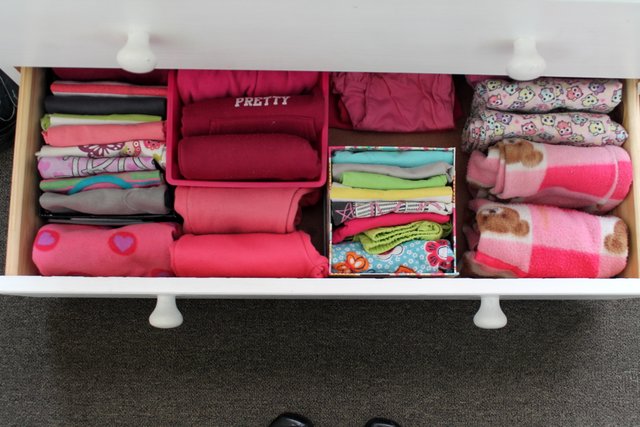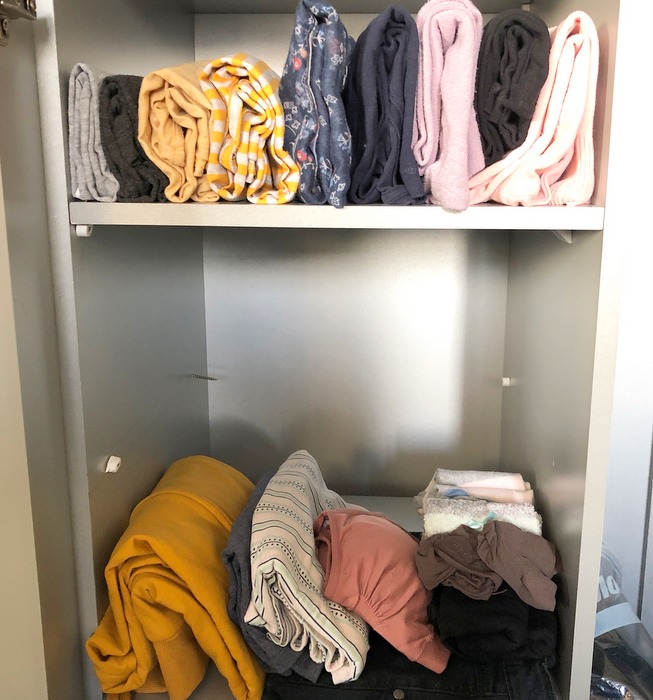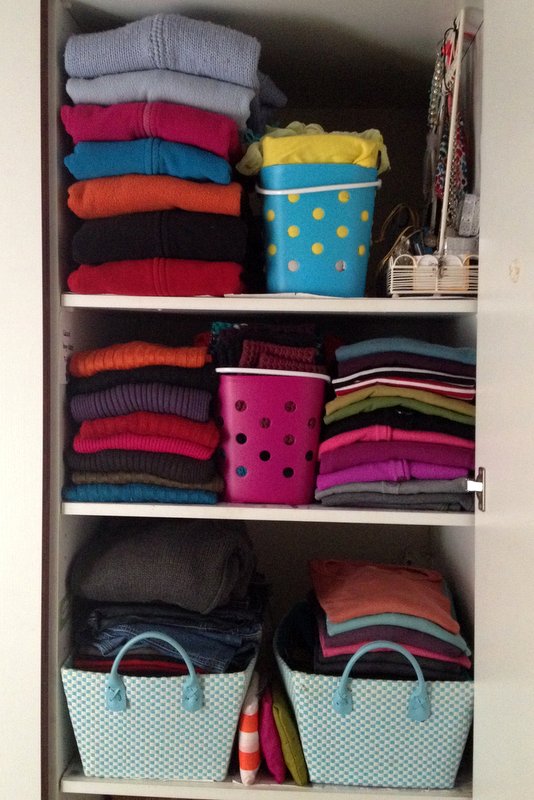There’s one question I get asked by clients, friends and readers more than any other question.
It’s a question that makes me empathise with them so much because I know exactly where they’re coming from.
Marcia, I want to get organised but it’s all so overwhelming.
Where do I start?
There are different ways to approach this question but before we even start with the practical aspects, you need to do this:
First of all, relax and take a deep breath. Then get your mind in the right space.
Realise that organising is a process and that you won’t have a totally organised home in one hour, despite what you see on television.
Remember the home makeover shows have many organisers and stylists behind the scenes making the space look beautiful. You only have you (or if you’re really blessed, a friend or family member to help you).
Now that we’ve got that part settled, let’s talk practical.
1. Start with the area of your home that bothers you the most.
This is usually a space that you see when you first walk into your home, or it’s a space that you use all the time. If you feel drained when you enter your living room, start there. If you can’t bear to choose clothes every morning because your wardrobe is too cluttered, then that’s probably a good place to start. The benefit of choosing this area is that when you feel overwhelmed by the rest of the house you can go to this one space, look at it and feel inspired.
2. Decide what you want to have happen in that space.
Do you only want clothes in your wardrobe, or do you want shoes and handbags in there too? If you’re not sure what you want, it’ll be easier to let your standards and boundaries slip and, before you know it, you have a disorganised space once again.
3. Declutter
You can’t organise clutter. Get rid of everything that shouldn’t be there. You may need to move some things to other rooms and some things may need to move right out of your house!
4. Organise what’s left according to your personality and style
Not everybody is a minimalist. Some of us need to surround ourselves with our treasures. It’s all okay.
Your system works as long as you can find what you’re looking for relatively quickly (within a minute).
5. Maintain
Last but not least, do a quick, 5-minute maintenance session in each major space every week so that your space remains organised.



































